- Bernard Preston homepage
- Our green rainwater
- Harvesting the Rain With a 44-gallon Drum
Harvesting the rain with a 44-gallon drum
Harvesting the rain with a 44-gallon drum was the start nearly 50 years ago of a journey; with an underground reservoir we are now in effect almost entirely self sufficient.
I can picture it still. Forty two years ago we built our first and only house; what a blessing it is to be living in that same home where we have invested so much of our time and energy, but that’s another story. There were yet no gutters in place but there was a valley in the roof with the tiles being fitted; and from somewhere arrived a large steel 44-gallon drum. Placed to capture the rain falling from the heavens, it was full of pristine water after very first night.
The water was used to mix concrete, clean the builder’s tools and some went to our first tiny vegetable patch. We never thought of drinking it. Surely that from the municipality was far cleaner and safer.
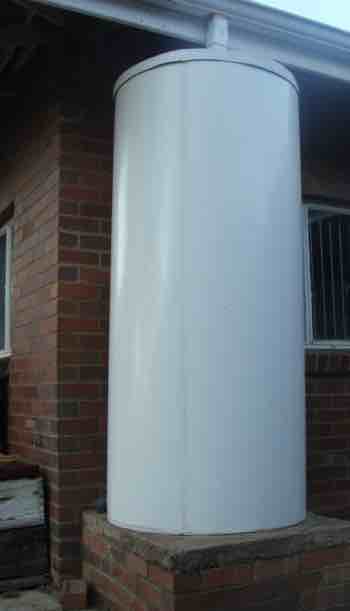
We soon outgrew that that drum and perhaps a year later we graduated to our first tank. On a raised concrete platform it collected water from a downpipe. It’s still as good as the day we bought it; and is in daily use to clean vegetables, feed the chickens and irrigate newly-planted seedbeds. Unlike plastic, fibreglass lives for ever.
Mains water was cheap back in those days and that’s how we lived for 25 years. Then came a stint living in the land where the masters of water management dwell. 60% of Holland is below sea level. All the homes in the older parts of the Netherlands have underground reservoirs to harvest and store the rain.
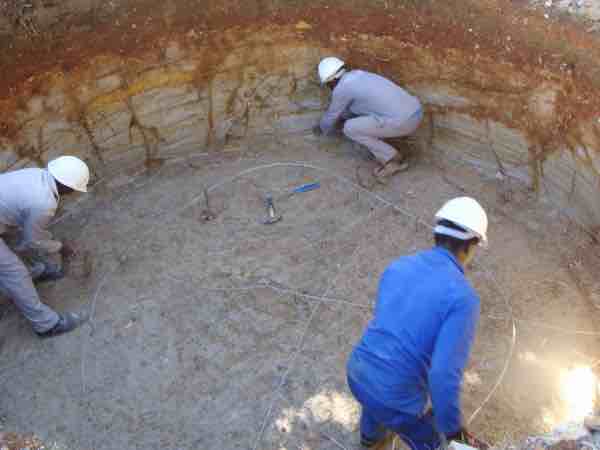
By the time we returned to our precious native land, South Africa’s water management was beginning to show signs of strain. The quality had dropped alarmingly and the price risen equally disturbingly; the poor could no longer grow their food and the rich complained. It did not take long to add 2+2 and get “underground reservoir.”
With help from a genius civil engineer we had plans drawn and in a couple weeks the hole was dug, a reinforced slab thrown and a circular double-brick wall built; plaster and a chromadek roof. And two big mistakes were made.
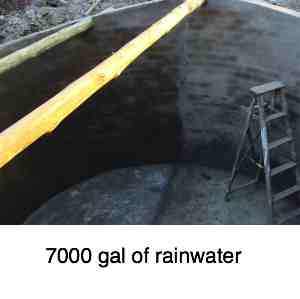
First the reservoir was too small to supply two homes, top up a swimming pool periodically and water a massive veggie garden. If I was to do it again, I would make it at least 2m deep and five metres in diameter. And I gave the plasterer only one of seven buckets of the resin that were supposed to go into the cement. It leaked and had to be fibreglassed; that was expensive.
Still twelve years later the reservoir has been paid off many times over and we have free pristine water for ever. If you are a gardener, make yours bigger. Greens, peas and beans need a lot in the dry winter months.
Do cost in the time to clean the gutters and the reservoir annually if you want to use that water in the home.
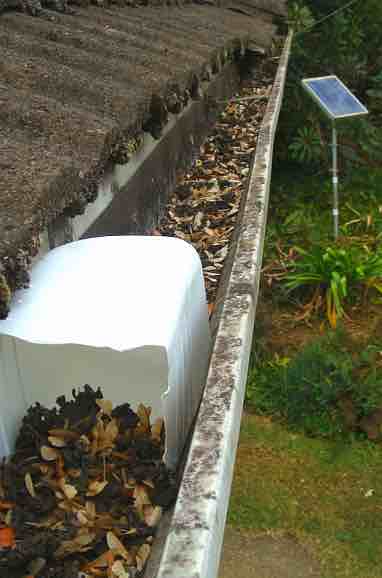 Clean the gutters annually
Clean the gutters annuallyAnd so we had to install 4 more large fibreglass tanks. That too was perhaps a mistake; I am sorry I didn’t just build another reservoir adjacent to the first. So we now have storage capacity of about 45kL of rainwater.
And may yet turn the swimming pool into the second underground reservoir as friends have done.
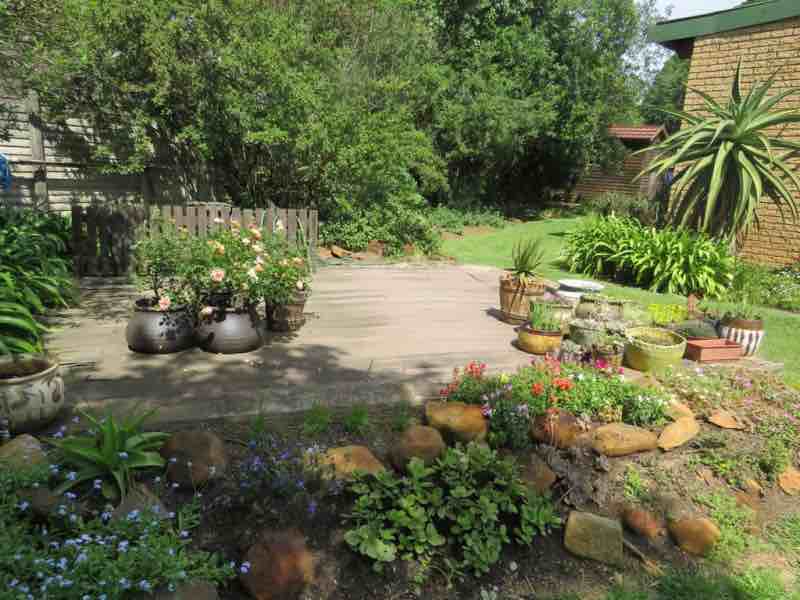
How can we live like this?
And the evening headlines read, “How can we live like this?” The answer is simply you don’t have to depend on water tankers or the government at all, for that matter. Start with a modest tank at the kitchen door to store the rain; but start planning on building a large underground reservoir. The cost today will be around R50,000; if you get the plastering right.
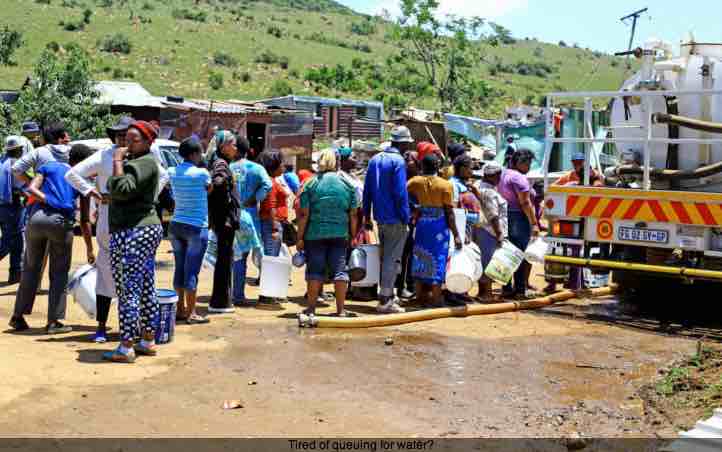
Most families use about 25kL per month. Do the maths; you won’t be sorry. Pristine, abundant and free water for ever.
The word going out is “make yourself state-proof.” Start taking practical steps to structure yourself as independent of the failing world as you possibly can. Harvest the rain and sunshine; grow your own food and think about milling wheat and mealies. Perhaps keep bees, rabbits and chickens; and even a pig and a milch goat. The sky’s the limit.
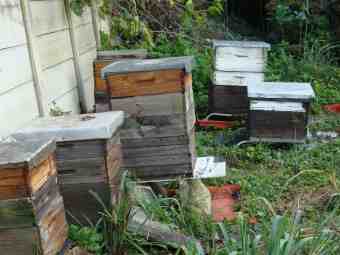
In the “Great Depression” about a century ago, 25% of the American workforce was out of work; it was a catastrophe. Today in South Africa it is about 45 percent and we have no Roosevelt to get us out of the mire. Can the new centre hold? I wouldn’t put money on it. I would rather put my energy into reservoirs, solar panels and a very large veggie patch.
In a world where the WHO tells us that over a billion people are suffering from severe hunger and malnutition, more than a half children we have a massive abundance of food; it all started by harvesting the rain with a 44-gallon drum.
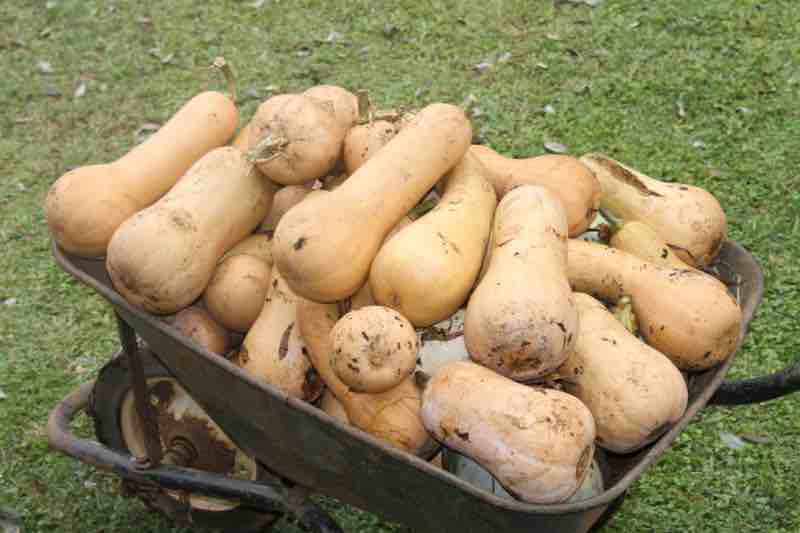 A mountain of good food all depends on water
A mountain of good food all depends on water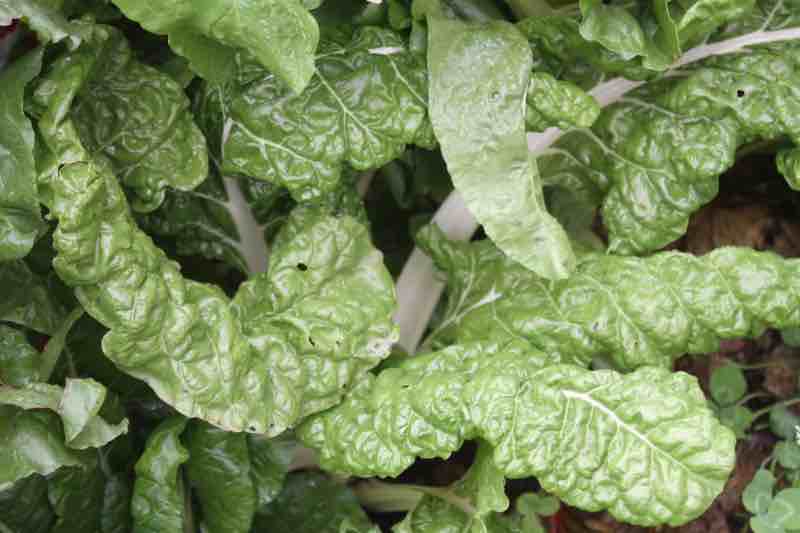
The real cost of a green home
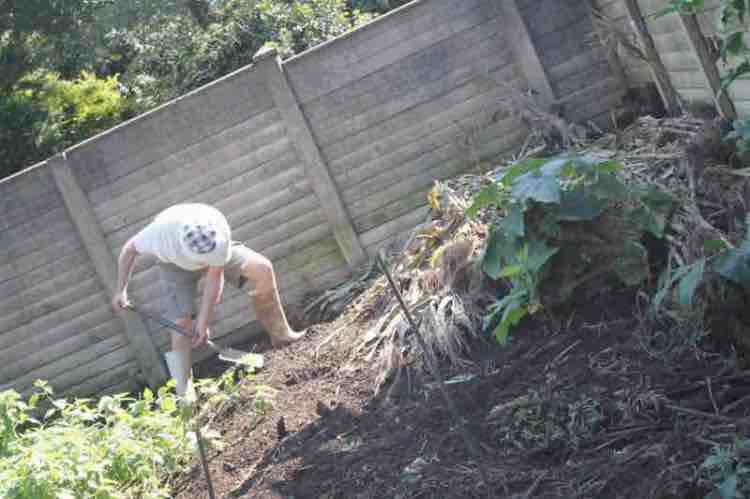 My gym
My gymRome wasn’t built in a day; nor was Our Green Home. The real cost is the sweat off your brow; and strictly limiting TV and social media. You get your exercise from turning compost heaps, hewing wood and carrying water, not a gym.
The Big Plus is what the Japanese call “ikigai;” a purpose for living. There is never a dull moment; and an abundance of delicious, nutritious food, free from the nasty chemicals[1] that are in everything today. It comes as no surprise that we are listed amongst the 10 most unhealthy nations in the world.
Harvesting the rain with a 44-gallon drum
Harvesting the rain with a 44-gallon drum is where it all began nearly 50 years ago.
When browsing use right click and "Open Link in New Tab" or you may get a bad gateway signal.
Newsletter
Our newsletter is entitled "create a cyan zone" at your home, preserving both yourself and Mother Earth for future generations; and the family too, of course. We promise not to spam you with daily emails promoting various products. You may get an occasional nudge to buy one of my books.
Here are the back issues.
- Lifestyle and ideal body weight
- What are ultra-processed foods?
- Investing in long-term health
- Diseases from plastic exposure
- Intensive lifestyle management for obesity has limited value
- A world largely devoid of Parkinson's Disease
- The impact of friendly bacteria in the tum on the prevention of cancer
- There's a hole in the bucket
- Everyone is talking about weight loss drugs
- Pull the sweet tooth
- If you suffer from heartburn plant a susu
- Refined maize meal and stunting
- Should agriculture and industry get priority for water and electricity?
- Nature is calling
- Mill your own flour
- Bake your own sourdough bread
- Microplastics from our water
- Alternative types of water storage
- Wear your clothes out
- Comfort foods
- Create a bee-friendly environment
- Go to bed slightly hungry
- Keep bees
- Blue zone folk are religious
- Reduce plastic waste
- Family is important
- What can go in compost?
- Grow broad beans for longevity
- Harvest and store sunshine
- Blue zone exercise
- Harvest and store your rainwater
- Create a cyan zone at your home
Did you find this page interesting? How about forwarding it to a friendly book or food junkie? Better still, a social media tick would help.
- Bernard Preston homepage
- Our green rainwater
- Harvesting the Rain With a 44-gallon Drum
Address:
56 Groenekloof Rd,
Hilton, KZN
South Africa
Website:
https://www.bernard-preston.com